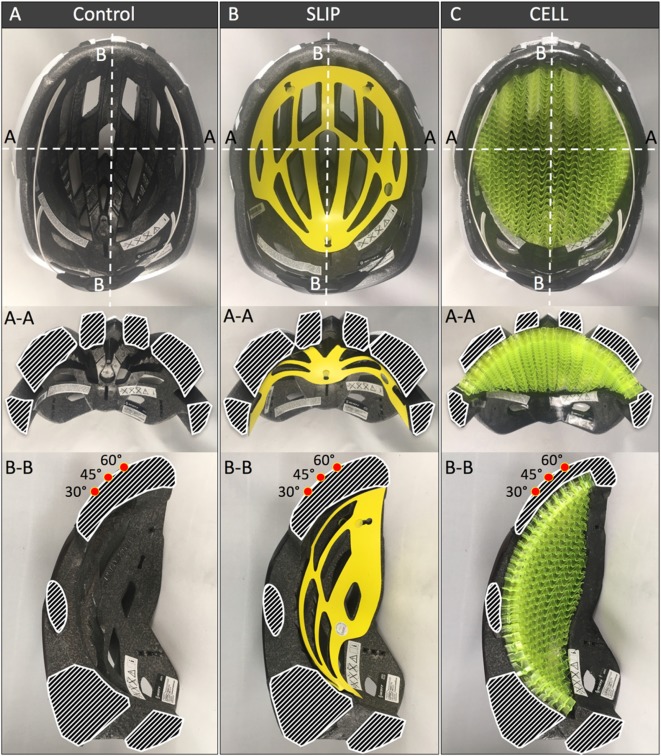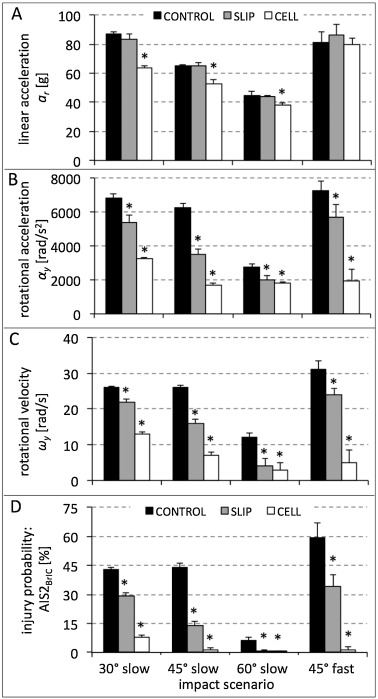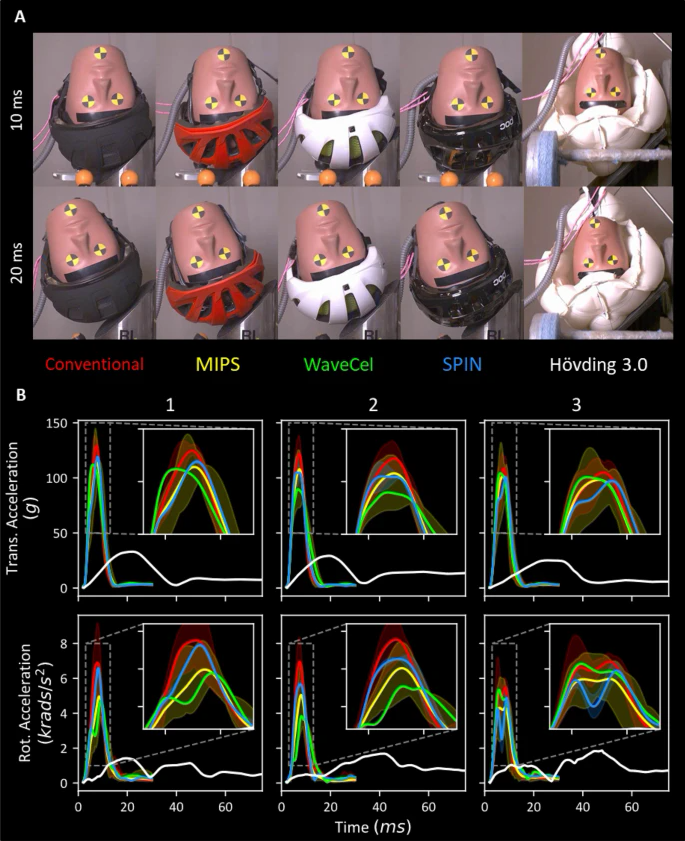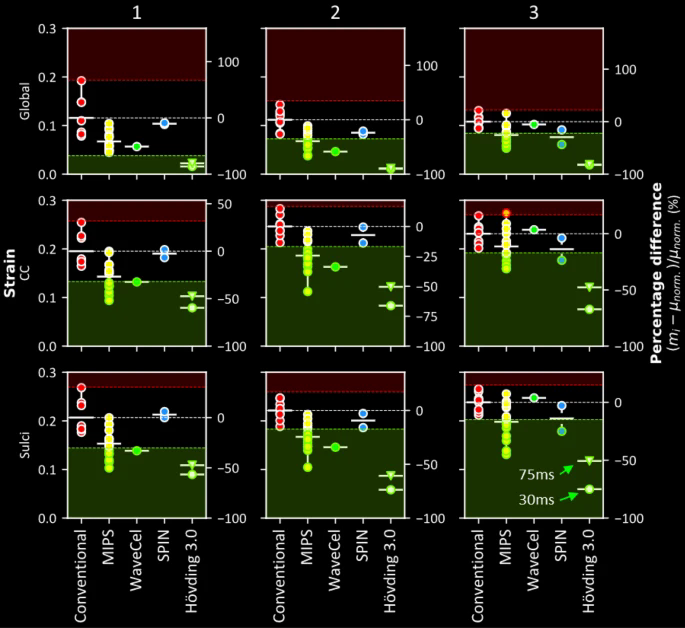An analysis of different studies and rankings for the best protective helmet
Since the introduction of MIPS there are now a variety of competing technologies, each claiming to be the best. Recently there was some drama when WaveCel came out saying they were 48x safer than traditional helmets, and the team behind MIPS claimed they couldn't reproduce those results, implying they were faked or otherwise unrealistic.
Whatever the case, I've delved far too into helmet technology and I figured I should share some of my findings with everyone else.
Summary of Findings
Traditional EPS helmets offer the least protection, as expected. Ratings (aside from maybe NTA 8776) don't mean a whole ton as most sellers have met it who sell in Europe.
Both MIPS and WaveCel provide excellent protection, while SPIN is lagging behind. Notably since fewer brands use WaveCel, they hold a much more consistent ranking near the middle of the pack with MIPS helmets. MIPS seems to vary a lot on the implementation, with poor implementations being beat by WaveCel and the best implementations beating it. The best MIPS helmets seem to use dual foam technologies (such as how FOX uses a slightly softer foam on the inside and a stiffer foam on the outside).
Lastly Koroyd is the least tested however it doesn't seem to have an appreciable advantage over traditional EPS. I would recommend making sure your Koroyd helmet also has MIPS, which shouldn't be hard as all Koroyd helmets I know of currently in production now utilize MIPS.
Brief overview of different technologies

There are a few technologies you should be aware of.
EPS: This is the traditional foam you see in most helmets, although different densities do exist and manufacturers can play around with it.
MIPS: Also referred to as a type of SLIP technology, this is an internal frame inside the helmet that rotates as you crash, protecting your head from torsional impacts. Companies must pay a royalty fee to the Swedish company who owns MIPS which seems to impact companies decisions surrounding using the technology.
WaveCel: Popular among Bontrager helmets, this is a semi-rigid interior which compresses and moves as you crash, essentially performing a similar job as MIPS with the additional benefit of acting as a crumple zone. Potentially provides better airflow as well, although you cannot have both this technology and MIPS ih the same helmet, it must be one or the other.
SLIP: Not really in use anymore, this was POC's answer to MIPS. While good, it wasn't quite as good as MIPS and they made the switch.
Koroyd: Originally popularized by Smith, Koroyd doesn't seem to have a significant advantage (if any) to EPS foam, other than being more breathable.
Government Ratings
There are a number of government ratings to look for. Helmets like the KED PECTOR and many others have a NTA 8776, which is the highest rating you can get. NTA 8776 is rated for up to electric bikes in particular and is intended to supercede the european union's EN1078, although many manufacturers have achieved similar ratings. This seems more to be about whether you can sell in a certain county, and each country has their own rating to keep competition out. I'm not sure how much weight I would put into these other than maybe NTA 8776, which seems to be the most stringent. Government don't exactly have a strong history of getting things right
If you're curious, there's a reddit post on the topic which goes in much more detail about each one
Large Virginia Tech Study
View Virginia Tech rankings here
This is the largest and most complete study I've found, hitting 12 drops two times for each helmet, for a total of 24 tests. Many of the helmets are now no longer in production or they've been updated, however it's still an excellent comparison and sees some updates.

As with most helmet tests, helmets are dropped from a predetermined height against anvils sitting at different angles. Here you can see many of those hit points plus the original description from the paper
Notably this is the only study to feature Koroyd technology I saw and it did not seem to do as well as others, placing lower on the list among non-MIPS EPS helmets. They have since come out with the Frontier II which uses MIPS in combination with Koroyd, and is presumably much better although untested.
Also notable is that Specialized and Fox have done very well in these rankings at the time of writing. Each seems to care deeply about the foam quality they use, having dual density foam helmets in their lineups, although interestingly as far as I can tell the highest rated Specialized helmets use a single type of EPS foam.
Evaluation of a novel bicycle helmet concept in oblique impact testing
This test was more focused on testing technologies: specifically MIPS (which they call SLIP) and WaveCel (which they call CELL). Here you can see the graph yourself, however they seem to favor WaveCel heavily, which sort of goes against what virginia tech found, who put WaveCel closer to rank 40 out of 150, in the middle of the pack with MIPS helmets.
This study did have one of the best graphs illustrating the benefits of MIPS, WaveCel, and EPS however.

Notably in this study SPIN refers to MIPS, not the POC SPIN technology as mentioned later. Also pay attention to how different technologies perform at different angles of impact. These impacts look similar to how the impacts in the VT study were done
A new assessment of bicycle helmets: the brain injury mitigation effects of new technologies in oblique impacts
This study was nice in that it seemed to test more styles of helmets for comparison including traditional EPS foam, MIPS, WaveCel, sheering pads aka SPIN, and a novel airbag helmet by Hövding.
One of the interesting things about this study is that it suggests the specific MIPS implementation matters, and although no one technology stood out (except for the airbags) two of the MIPS implementations did better than the rest across the board, which were the Occano Road MIPS and Bell Trace. SPIN also didn't do as well, however all the manufacturers who used to push it such as POC have moved onto MIPS so you probably won't see it in stores anymore either.

The irony here is that as long as you're getting a helmet with some sort of rotational inertia technology behind it, it's probably not that different. Although the paper didn't delve into this, I would suspect you'd be best off going to a large bike store and finding the helmet that fit your head the best, instead of getting ordering one that tests slightly higher but may not fit your head as well.

I like this figure as it shows where each type of helmet sits relative to the broad range of helmets using competing technologies. The Hövding performed the best by far however is an airbag helmet and may be too hilarious to use (those crazy Swedes have done it again).
What I recommend
It looks to be MIPS followed by WaveCel are the superior technologies, although the specific MIPS implementation matters a lot. The WaveCel implementation could matter more in the future however all the existing implementations are quite good, and sit near the middle of the pack for other MIPS implementations. I think the best option would be to go to your local bike store and find either a MIPS or WaveCel that fits well and is from a reputable brand. Remember in the event of a crash, fit will matter more then getting a half point higher on the VT study.
If you're living in Europe as well I might check out KED or Uvex helmets. They manufacture their helmets in Germany which has much higher legal standards for quality compared to China, they both produce NTA 8776 helmets, which is originally a dutch regulation, and they both produce high-quality MIPS helmets. They're not tested in the research papers however they seem to be very high quality helmets and they appear to use all the right technologies.